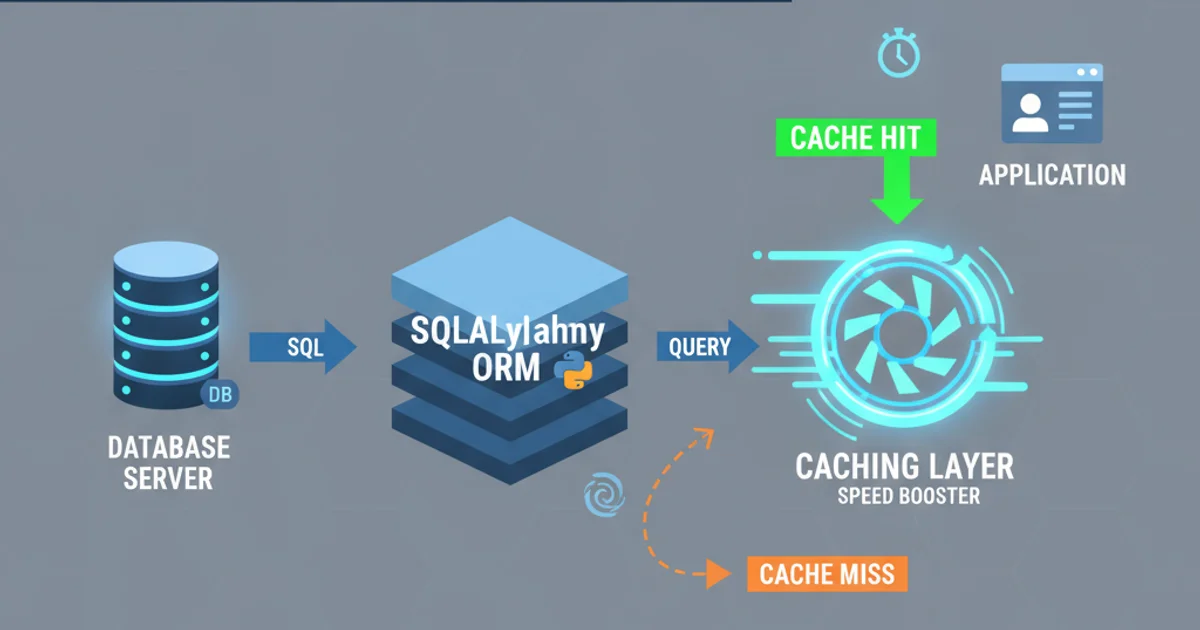What is the DataKinds extension of Haskell?
Categories:
Unlocking Type-Level Programming with Haskell's DataKinds Extension

Explore the DataKinds extension in Haskell, understanding how it elevates data constructors to type constructors, enabling powerful type-level computations and enhanced type safety.
Haskell's type system is renowned for its expressiveness and ability to catch errors at compile time. The DataKinds extension takes this a step further by promoting data constructors to the type level, allowing them to be used as types themselves. This seemingly small change unlocks a vast array of possibilities for type-level programming, enabling more precise type specifications, compile-time validation, and the creation of embedded domain-specific languages (DSLs) with strong guarantees.
Understanding Kinds and Type Promotion
In Haskell, every type has a 'kind', which can be thought of as the 'type of a type'. The most basic kind is * (pronounced 'star'), which represents concrete types like Int, Bool, or String. Type constructors, such as Maybe or [] (list), have kinds like * -> *, indicating they take a type of kind * and return another type of kind *. Before DataKinds, data constructors (like Just or Nothing) only existed at the term level. DataKinds changes this by promoting these data constructors to the type level, giving them kinds that reflect their structure.
flowchart TD
subgraph Term Level
A[Value: 5] --> B[Type: Int]
C[Value: Just 5] --> D[Type: Maybe Int]
end
subgraph Type Level (Pre-DataKinds)
E[Type: Int] --> F[Kind: *]
G[Type: Maybe] --> H[Kind: * -> *]
end
subgraph Type Level (With DataKinds)
I[Data Constructor: 'True'] --> J[Promoted Type: 'True']
J --> K[Kind: Bool]
L[Data Constructor: 'False'] --> M[Promoted Type: 'False']
M --> K
N[Type: MyList 'True'] --> O[Kind: *]
end
style A fill:#f9f,stroke:#333,stroke-width:2px
style C fill:#f9f,stroke:#333,stroke-width:2px
style E fill:#9cf,stroke:#333,stroke-width:2px
style G fill:#9cf,stroke:#333,stroke-width:2px
style I fill:#f9f,stroke:#333,stroke-width:2px
style L fill:#f9f,stroke:#333,stroke-width:2px
style J fill:#9cf,stroke:#333,stroke-width:2px
style M fill:#9cf,stroke:#333,stroke-width:2px
style K fill:#ffc,stroke:#333,stroke-width:2px
style N fill:#9cf,stroke:#333,stroke-width:2px
style O fill:#ffc,stroke:#333,stroke-width:2pxConceptual flow of kind promotion with DataKinds
Practical Applications of DataKinds
The power of DataKinds becomes evident when we start using these promoted types to encode invariants directly into our type signatures. This allows the compiler to verify properties that would otherwise require runtime checks or extensive testing. Common applications include:
- Phantom Types: Creating types that carry information without affecting runtime representation.
- Type-Level Natural Numbers: Representing numbers at the type level to enforce array bounds or vector dimensions.
- State Machines: Encoding valid state transitions in the type system.
- Units of Measure: Ensuring dimensional correctness in calculations.
By leveraging DataKinds, we can build more robust and reliable software, pushing more error detection to compile time.
{-# LANGUAGE DataKinds #-}
{-# LANGUAGE KindSignatures #-}
{-# LANGUAGE GADTs #-}
-- 1. Defining a simple data type
data DoorState = Open | Closed
-- 2. Using promoted data constructors as types
-- 'Open' and 'Closed' now have kind 'DoorState'
-- 3. A GADT that uses DoorState at the type level
data Door :: DoorState -> * where
MkDoorOpen :: Door 'Open'
MkDoorClosed :: Door 'Closed'
-- 4. Functions that operate on specific door states
openDoor :: Door 'Closed' -> Door 'Open'
openDoor MkDoorClosed = MkDoorOpen
-- This function would cause a compile-time error:
-- closeOpenDoor :: Door 'Open' -> Door 'Closed'
-- closeOpenDoor MkDoorOpen = MkDoorClosed
-- Example usage:
myClosedDoor :: Door 'Closed'
myClosedDoor = MkDoorClosed
myOpenDoor :: Door 'Open'
myOpenDoor = openDoor myClosedDoor
-- This will not compile: openDoor myOpenDoor
Example of using DataKinds for a type-safe door state machine
DataKinds, you'll often find yourself enabling other extensions like KindSignatures (to explicitly declare kinds) and GADTs (Generalized Algebraic Data Types) for more flexible type-level programming patterns.Limitations and Considerations
While DataKinds is powerful, it's not without its complexities. The primary challenge lies in the increased cognitive load and the steeper learning curve associated with type-level programming. Debugging type errors can become more intricate, as the error messages might refer to promoted types and kinds, which are less intuitive than term-level errors. Additionally, over-reliance on complex type-level constructs can sometimes lead to less readable code, especially for those unfamiliar with advanced Haskell features. It's crucial to strike a balance between leveraging type safety and maintaining code clarity and maintainability.
DataKinds extension is enabled by default in recent GHC versions (e.g., GHC 9.0+), meaning you might not need to explicitly add {-# LANGUAGE DataKinds #-} in many modern projects. However, it's good practice to include it for clarity or when targeting older compilers.